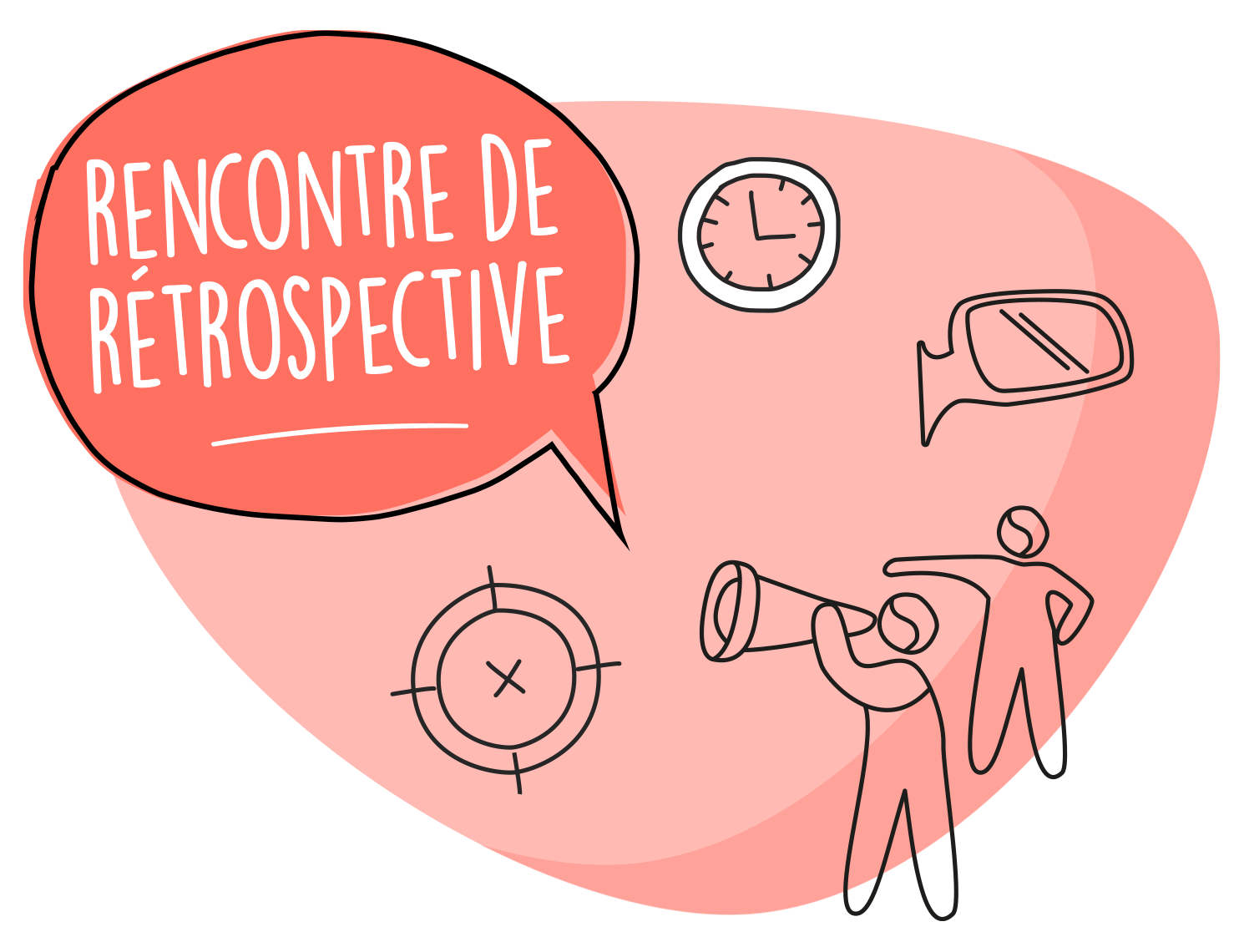In the world of intelligence, there are 3 types of meetings: retrospectives, synthesis and strategic decision-making meetings. In this post, I'll start with the retrospective meeting and over the next few weeks, I'll cover the other two types.
Trospective meetings are an essential component. They are a crucial debriefing or "look back" on intelligence work to assess the relevance of information and feedback gathered by business users.
From a watch axes point of view, we'll look to see if the company's strategic objectives have changed. For example, if one of our watch axes is the competition, it may be that new players are appearing and it's now time to keep an eye on them.
From a monitoring point of view, we'll look to see if the company's strategic objectives have changed.
From an information relevance point of view, we're talking here about readers' interest and level of accuracy when faced with this information. For example, Artificial Intelligence may be one of your watch topics, and you may want to know about the latest advances in order to better position yourself. An article on a breakthrough in Australia might be too far from your readers' reality at this stage, or so might new legislation in Germany.
.This exercise allows the market watcher to learn more about internal information needs and to improve by being increasingly precise about targets of interest. The more you exchange with your users, the better you'll be able to refine your searches.
The frequency, duration and format of these meetings can vary from company to company. For example, it could be a single two-hour meeting every three months, or a monthly 30-minute meeting. This generally depends on the level of maturity of the implementation of the intelligence exercise within a company.
When implementing a watch practice, the watchmaker will generally want to meet with users after a newsletter has been delivered, to ensure that the information is relevant and understood internally. This also enables the monitoring axes to be readjusted according to what the monitor has observed. During implementation, the watchdog may wish to meet with each of the users in order to obtain as much information as possible for readjustment.
Here are a few examples of questions that can be asked as part of these meetings:
- What information was most relevant and why?
- What information was least relevant and why?
- What type of information would we like to see in the future?
- How could we improve the dissemination of information (format, frequency, etc.)?
A tip: share questions in advance with team members so that they can review and respond to them before the retrospective, thus making better use of time during the meeting.
In closing, don't forget, retrospectives are an essential tool to help activate intelligence within a company.

December 7, 2024
